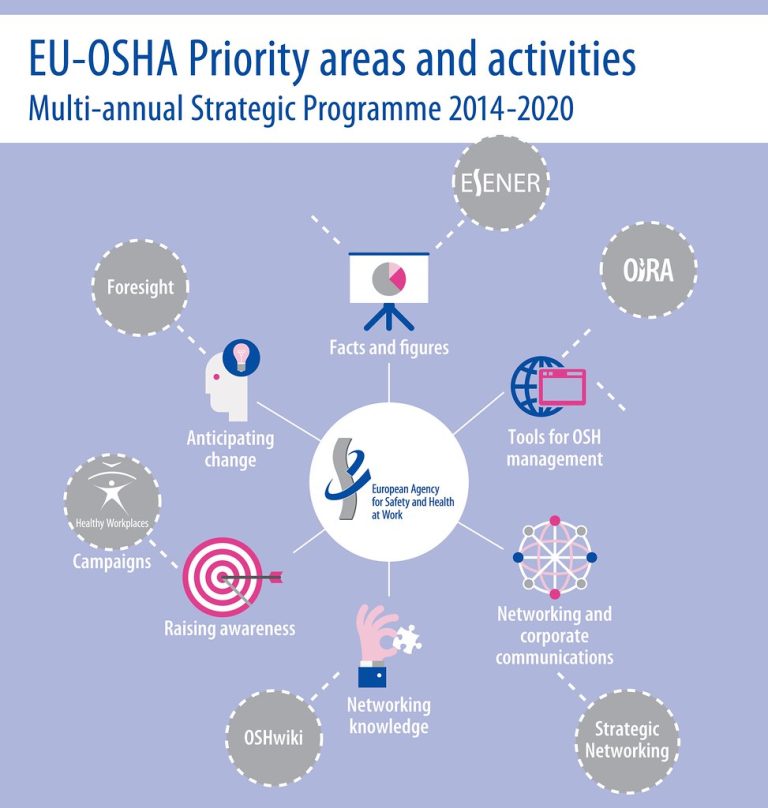Introduction
The Occupational Safety and Health Administration (OSHA) has recently released a new set of guidelines on April 5, 2023, aimed at improving workplace safety and health conditions for workers across the United States. In this blog post, we will delve into the key aspects of these new guidelines and discuss their potential impact on workers and businesses alike.
Background
OSHA is a federal agency responsible for enforcing regulations and standards to ensure safe and healthy working conditions for employees in the United States. Periodically, OSHA updates its guidelines to address evolving workplace hazards and incorporate advancements in technology and research findings.
The New OSHA Guidelines
The recent news release (available at https://www.osha.gov/news/newsreleases/brief/04052023) highlights the following key areas of focus in the new guidelines:
- Strengthened enforcement efforts: OSHA has increased its efforts to penalize businesses that fail to adhere to safety and health regulations. This includes higher fines for noncompliance and more frequent inspections, particularly for high-risk industries.
- Enhanced whistleblower protections: The new guidelines emphasize the importance of protecting employees who report safety and health violations from retaliation. OSHA will be working closely with other federal agencies to ensure that whistleblowers are not only protected but also rewarded for their courage in reporting unsafe work environments.
- Expanded coverage for gig workers and independent contractors: Recognizing the growing number of workers in the gig economy, OSHA has extended its safety and health protections to include gig workers and independent contractors. This move is aimed at ensuring that these workers, who often lack traditional employer-based protections, have access to the same safety and health standards as other employees.
- Focus on mental health and well-being: In response to the increasing recognition of mental health issues in the workplace, OSHA has introduced new guidelines that address mental health and well-being. These guidelines provide recommendations for employers on creating mentally healthy work environments and supporting employees experiencing mental health challenges.
- Emphasis on technology and data-driven approaches: The new guidelines encourage the use of technology to improve workplace safety and health. This includes leveraging data analytics to identify trends and areas of concern, as well as utilizing advanced technologies such as wearables, automation, and robotics to minimize workplace hazards.
Impact on Workers
The new OSHA guidelines are expected to have a positive impact on workers in several ways:
- Improved safety and health conditions: By strengthening enforcement efforts, workers can expect safer workplaces with fewer hazards, leading to reduced workplace accidents and injuries.
- Better support for mental health: With the inclusion of mental health guidelines, workers can expect increased support and resources from employers to help maintain their mental well-being.
- Expanded protections for gig workers and independent contractors: The new guidelines ensure that all workers, regardless of their employment status, have access to the same safety and health protections.
- Empowerment through whistleblower protections: Workers who report safety and health violations can do so without fear of retaliation, leading to a safer work environment for everyone.
Impact on Businesses
While the new guidelines may pose some challenges for businesses, they also present opportunities for improvement:
- Enhanced reputation: Companies that adhere to the new guidelines and prioritize the safety and health of their workers will likely enjoy a positive reputation, making them more attractive to customers and potential employees.
- Reduced costs associated with workplace accidents: By implementing the recommended safety and health measures, businesses can reduce the financial costs associated with workplace accidents, such as workers’ compensation claims, lost productivity, and legal fees.
- Improved employee morale and productivity: A safe and healthy work environment can lead to increased employee satisfaction and productivity, ultimately benefiting the business’s bottom line.
Conclusion
The new OSHA guidelines represent a significant step forward in protecting the safety and health of workers across the United States. By addressing emerging concerns, such as mental health and the gig economy, and incorporating technological advancements, these guidelines aim to create a safer and healthier work environment for all.
Businesses that embrace these guidelines and prioritize the well-being of their employees are likely to experience not only improved safety records but also enhanced reputations and higher employee morale. As we continue to navigate the ever-changing landscape of work, the new OSHA guidelines provide a solid foundation for businesses and workers alike to prioritize safety and health, fostering a more sustainable and resilient workforce for the future.
Ultimately, the key to the success of these new guidelines lies in the commitment of both employers and employees to create and maintain safe and healthy work environments. By working together and embracing the spirit of these new regulations, we can all contribute to a safer and more productive workforce.
Apart from this, if you want to know about Boost Your Health with the Amazing Manglier Tea Benefits then please visit our Technology category

